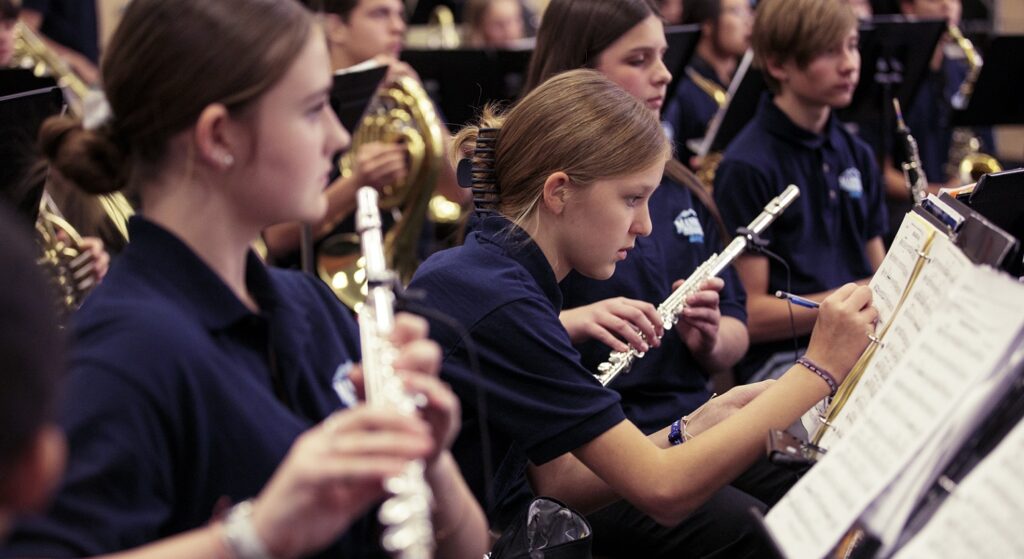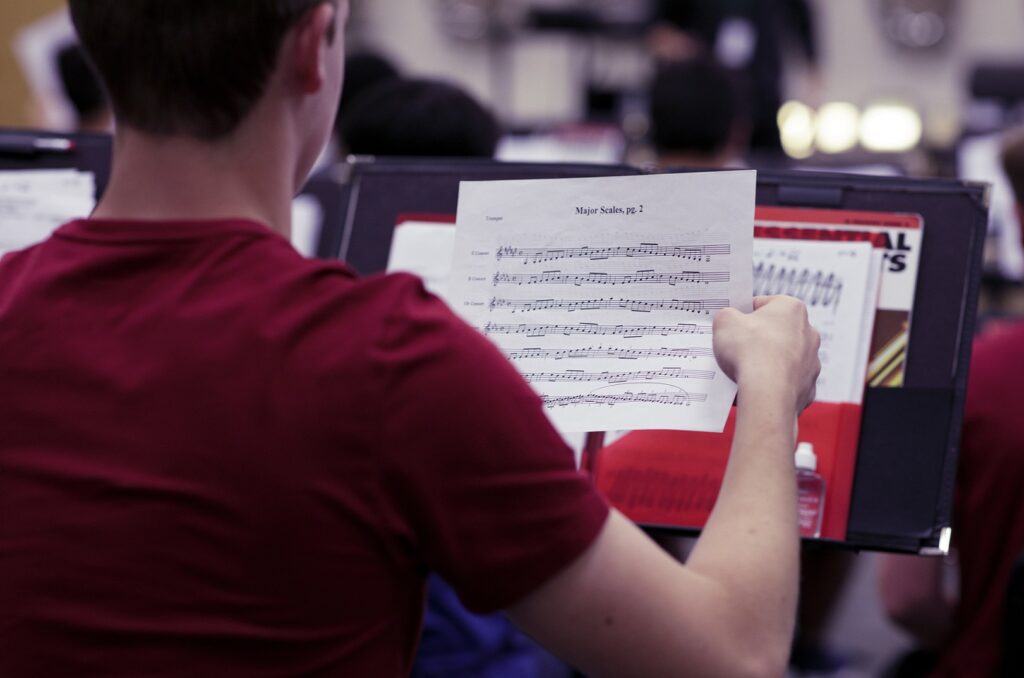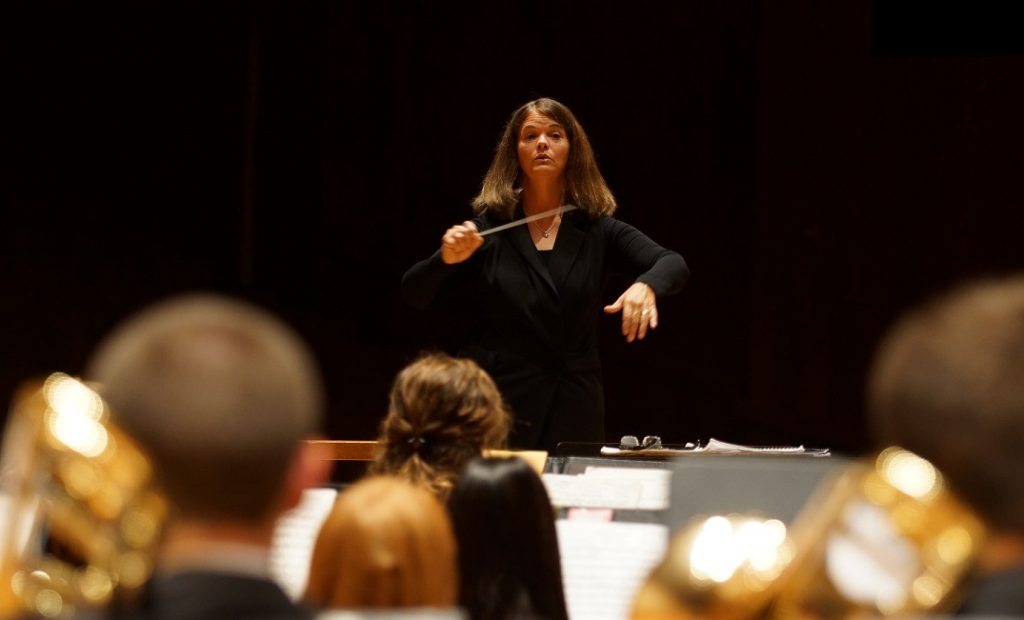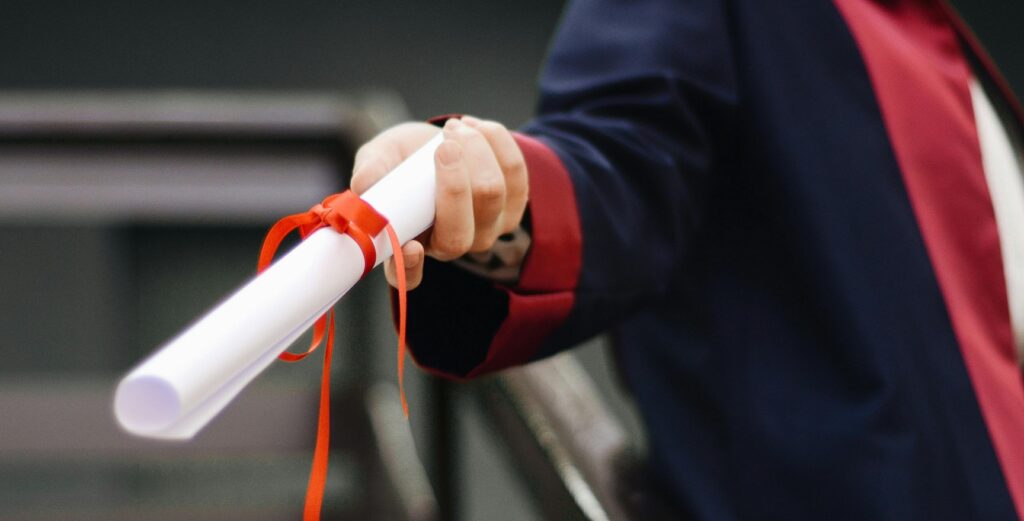Streamline Rehearsals by Establishing a Routine
Establish a routine and follow a set of rules to create more valuable rehearsal time.
How many times has the thought, “If I only had one more week,” passed through your mind when preparing your ensemble for an upcoming performance?
You can actually get back some of that time by establishing a routine and structure that streamlines rehearsals and increases efficiency. To ensure consistency, consider establishing the following sequence.
Entrance and Preparation
Students enter quickly and quietly. Music may be playing in the background. Students retrieve their instruments and folders and take their seats.
Students put their music in rehearsal order as indicated by the detailed lesson plan, which should be clearly visible on the board in the same place each day. The plan should not only indicate the order of the selections to be rehearsed but also which sections and what specifically will be practiced, e.g., articulation or dynamic contrast. This lesson plan sets up the short-term goals to be realized during this rehearsal.
When Does Class Really Begin?
Students must know exactly when class begins. Is it when the bell rings? Is it when the director takes the podium? Getting class started is one of the major difficulties for beginning directors.
One middle school director in Henderson, Nevada, starts his beginning band class by playing a recording of a march (which changes weekly) as soon as the bell rings. This provides a given amount of time for students to be in their seats and ready to play. Students are not considered tardy as long as they are in their seats with instruments and folders by the end of the march.
This works well because the march encourages a prescriptive expectation as well as a weekly listening lesson. Whatever the policy, class must begin in the same fashion each day or a good bit of rehearsal time will be lost in just getting started.
Warmups
Warmups, scales, sight-reading and assorted exercises should be chosen purposefully to enhance tone quality and promote good technique. Try to provide warmups that are related to the literature being worked on that day.
Rehearsal Goals
Try to make strides in at least three pieces of music in each rehearsal. The higher the expectation, the better. Expectations should be set not necessarily in terms of level of difficulty but based on the level of achievement of the various musical aspects being rehearsed.
End of Rehearsal
At the end of the rehearsal, do three things.
1. Review the musical accomplishments by asking students a question like, “What improvements did we make in the Holst today?” Rehearsal review forms are one way for students to record their daily achievements. Authentic assessment activities like these forms also provide an opportunity for students to reflect upon their musical experiences. Always expect good writing, spelling, punctuation, etc.
2. Articulate what needs be worked on tomorrow as a result of what was achieved today.
3. Make relevant announcements during the last couple minutes of class, never at the beginning.
The benefit of following a routine is that more time will be allotted to music-making. It might even add up to that extra week that you wished for!
This article originally appeared in the 2018 V3 issue of Yamaha SupportED. To see more back issues, find out about Yamaha resources for music educators, or sign up to be notified when the next issue is available, click here.
















